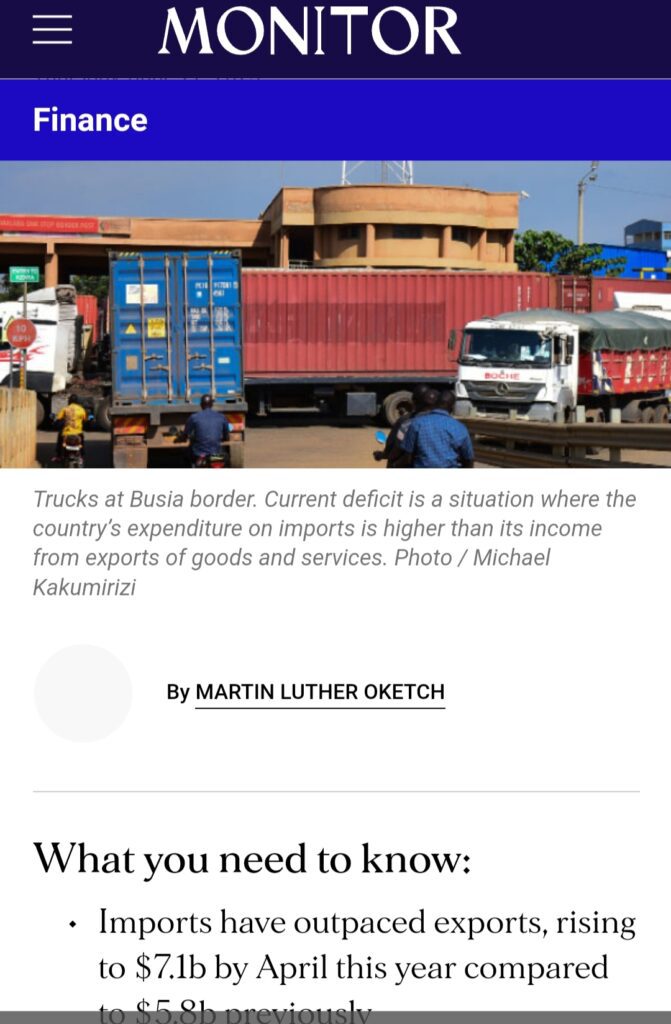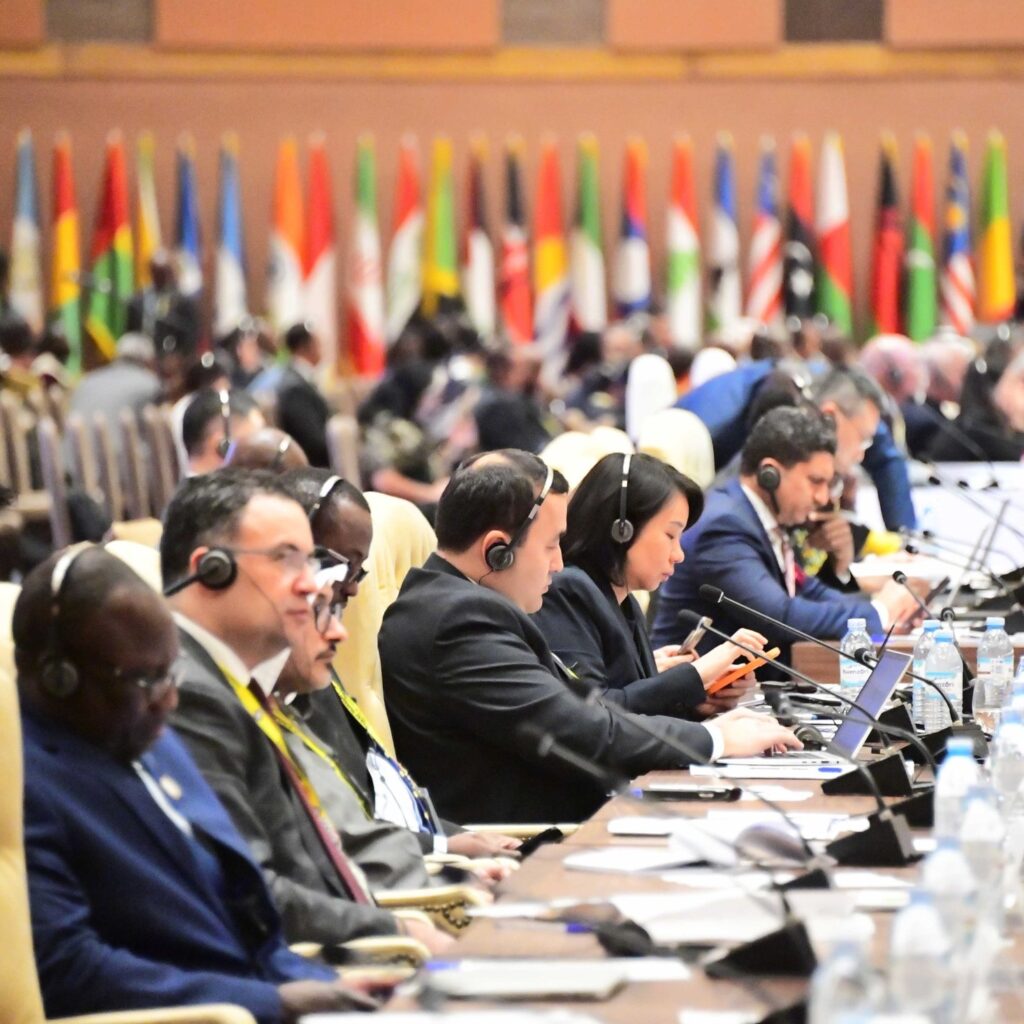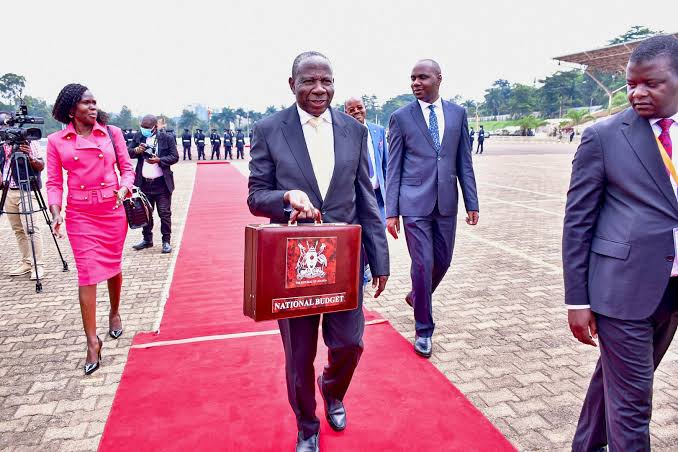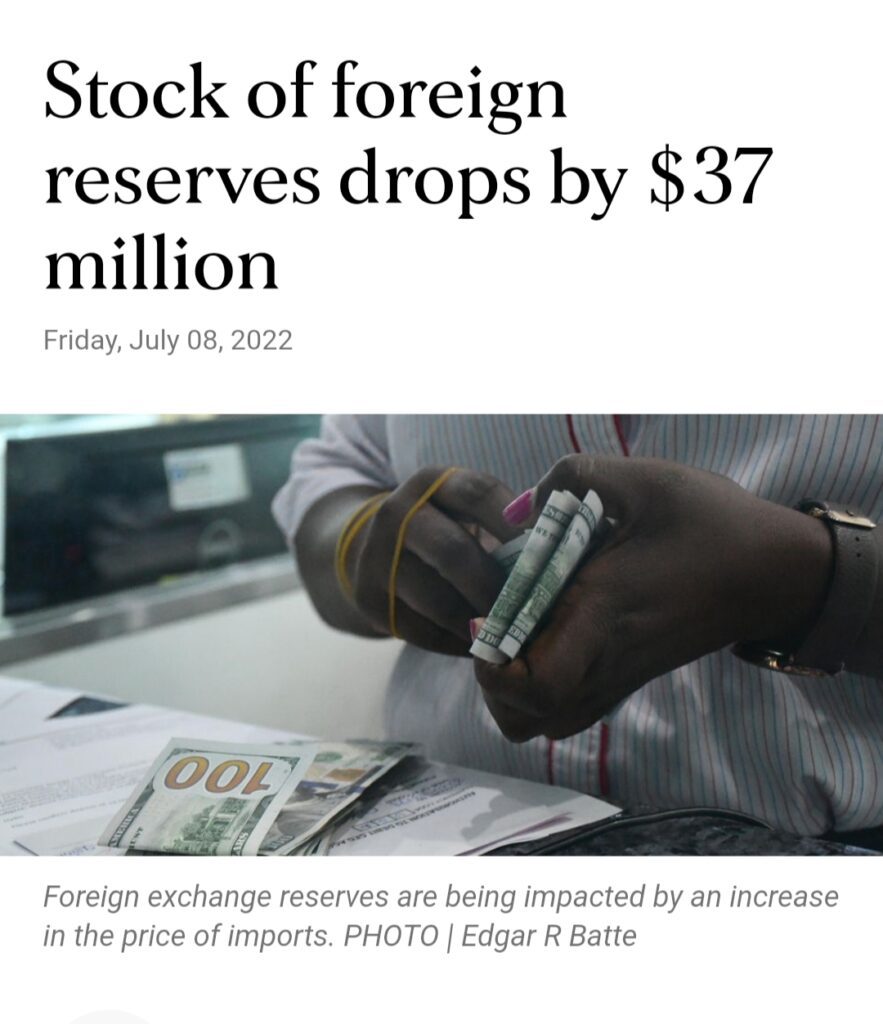International Tourism: The Solution to Uganda’s Balance of Payment Deficit
According to a Monetary Policy Statement released by Uganda’s Central Bank in June 2023, an overall Balance of Payment deficit equivalent to 1.8 percent of GDP ($0.9b) was expected by end of FY 2022/23. The Central Bank further projected deficits for FY 2024/25 and FY 2025/26.
In the Statement, it was also noted that Uganda’s Current Account Deficit ( CAD) which measures the difference between a country’s forex inflows and outflows was projected at $3.4b by end of 2022/23. The Current Account deficit is a situation where the country’s expenditure on imports is higher than its income from exports of goods and services. Therefore if a country is importing more than what it receives from exports , that country is experiencing a deficit in terms of Balance of Payments. 
Anecdotal surveys show that the cause of Uganda’s persistent Balance of Payment deficit is due to changes in reciprocal supply and demand for exports and imports among other factors. Uganda has until recently been pursing an industrial growth strategy coupled with huge investment in Oil and Gas exploration subsequently leading to huge investment in imported technology and machinery. Meanwhile forex generated from Uganda’s physical exports like coffee, tea and other agricultural products hasn’t been sufficient to cover the rising import costs, hence the deficit we see. This deficit if unchecked will result into a country witnessing dwindling forex reserves, inability to meet import requirements of the country, and becoming highly indebted as it appears today.
One of the remedies to reversing a persistent B.O.P deficit that has been singled out by economic experts is to shift productive resources from some import industries to sectors that are more export centered. This can be coupled with devaluation of a countries currency to make exports cheaper and imports more expensive. However in this particular article we focus on the shift of productive resources and investment to the Tourism Sector in Uganda as a remedy to the Balance of Payment Deficit prevailing in the country .

International Tourism can play a pivotal role in dealing with the balance of payment deficits. Many Countries in the Far East boast of a strong balance of payments position largely due to their heavy dependence on their Tourism sectors. Tourism is referred to as an invisible export and contributes immensely to a positive balance of payments through accumulating forex reserves attained from international tourists expenditure while visiting a particular country/destination. The income distribution and multiplier effect of the Tourism sector is unmatched due to the huge employment opportunities that tourism generates and the direct linkage between tourism and the others sectors of the economy.

According to statistics from Uganda’s Ministry of Tourism, Wildlife and Antiquities, Tourism despite the disruption of the COVID-19 , saw a steady rebound in international visitor earnings and generated forex earrings worth $0.736b in 2022, which amounted to 12 percent of total exports in 2022 and 41.4 percent of service exports. The Target however has been set to increasing forex earnings from international tourism to $1.862 billion by 2026 surpassing the pre-pandemic earnings of $1.45 billion in 2019. Considering Uganda’s current B.O.P deficit lingering around $3.4 billion, the much anticipated forex earnings from the Tourism sector more than any other sector, will play a significant role is stabilizing the country’s balance of payments.
In light of this significant revelation and value of Tourism to the Economy. The Government of Uganda needs to proactively rethink its investment in the tourism sector specifically relating to International Tourism promotion and Product investment. The Government’s Annual Budgetary allocation to the Tourism sector needs to be looked at as an investment and significantly increased to a tune of at least $186 million annually which translates to 10% of targeted forex earnings. 
This should cater for investment in Tourism Product Enhancement, International Tourism Promotion , Conservation and Capacity Building for the Tourism & Hospitality sector in Uganda. With such a considerable investment, we will see a revitalized Tourism product and state of the art infrastructure to support the sector, we’ll see massive tourism promotion and advertising efforts globally and most importantly development of a robust and highly skilled tourism workforce to ensure competitive service delivery. Eventually the Tourism Sector will emerge as the master key to unlocking Uganda’s Economy by resolving the persistent Balance of Payment Deficits.
By Eddy Kirya, MSc. Tourism & Hospitality ( MUK)
The Author is a Tourism & Hospitality Business Consultant ,
CEO at Eyalama Adventures Ltd and
Former Board Member at Uganda Tourism Board ( UTB)


Bradford
February 24, 2024 at 6:13 amGood piece of article. To make tourism be at the centre stage of our development, both private and public actors should put their acts together and cost all the required interventions for investments. I agree that the level of investment in the sector is dismal at the moment. Egypt currently puts about Usd 320 million annually into tourism. We need to match that of we are to compete in the tourism space.
admin
March 15, 2024 at 2:28 pmDear Director Bradford,
Absolutely. That painful decision to invest in Tourism , must be taken unfortunately. Amidst the competing priorities, with Tourism you can’t go wrong.
Thank you for your feedback and response
Kind regards,
Eddy